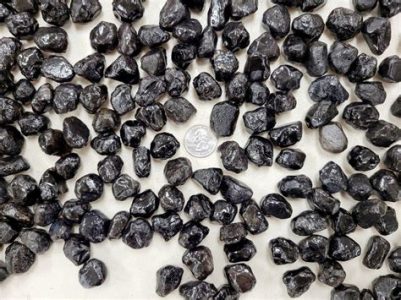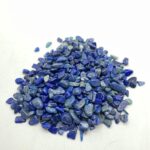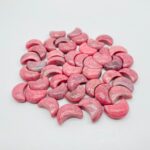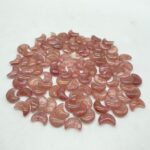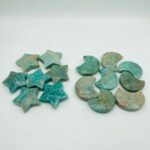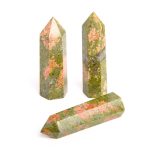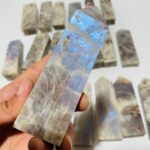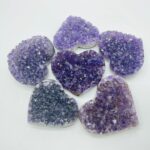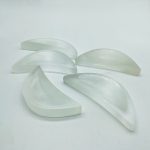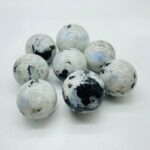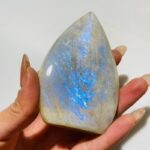In the realm of gemstones, citrine stands out as a radiant treasure, captivating hearts with its vibrant golden hue. This exquisite stone is a member of the quartz family, sharing its durability and affordability. However, what sets citrine apart is its unique color, which ranges from pale yellow to deep orange. The name “citrine” is derived from the Latin word “citrus,” meaning “lemon,” a testament to its refreshing and sunny appearance.
Visual Characteristics of Citrine
- Color: Golden yellow to deep orange
- Transparency: Transparent to translucent
- Luster: Vitreous (glassy)
- Hardness: 7 on the Mohs scale (durable)
- Crystal Structure: Trigonal
Comparison with Topaz
While citrine and topaz share a similar yellow-orange color range, they are distinct gemstones with unique characteristics:
| Feature | Citrine | Topaz |
|---|---|---|
| Chemical Composition | Silica (SiO2) | Aluminum Fluorosilicate (Al2SiO4F2) |
| Crystal Structure | Trigonal | Orthorhombic |
| Hardness | 7 | 8 |
| Density | 2.65 g/cm³ | 3.53 g/cm³ |
| Transparency | Transparent to translucent | Transparent |
Varieties of Citrine
- Amethyst Citrine: A rare variety that combines the purple hues of amethyst with the golden tones of citrine.
- Madeira Citrine: A dark, reddish-orange citrine with a warm and fiery appearance.
- Palmeira Citrine: A pale, lemon-yellow citrine with a refreshing and summery vibe.
Benefits and Applications of Citrine
Citrine is believed to possess a myriad of benefits:
- Emotional Benefits: Promotes optimism, abundance, and creativity.
- Physical Benefits: Supports digestion, detoxifies the body, and boosts energy levels.
- Spiritual Benefits: Enhances spiritual growth, brings clarity, and protects against negative energies.
Citrine in Jewelry
Citrine’s stunning golden hue makes it a popular choice for jewelry. It is commonly found in earrings, pendants, rings, and bracelets and can be paired with various metals, such as silver, gold, and rose gold.
Citrine as an Investment
Due to its increasing popularity and rarity, citrine is a wise investment for gemstone collectors. Its value has steadily increased over the years, making it a potential source of revenue.
FAQs on Citrine
- What is the difference between natural and heated citrine? Natural citrine is rare and expensive, while heated citrine is created by treating amethyst with heat.
- How can I tell if citrine is real? Genuine citrine typically has a vitreous luster, no inclusions, and a consistent color.
- Is citrine a birthstone? Yes, citrine is the birthstone for November.
- What are the best ways to care for citrine? Clean citrine with warm, soapy water and store it in a soft cloth or jewelry box.
- Can citrine be used for healing purposes? Some believe that citrine can support digestion, detoxification, and energy levels.
- How can I enhance the benefits of citrine? Wear citrine jewelry, meditate with it, or place it around your home or office to promote positivity and abundance.
Reviews
“Citrine is a mesmerizing gemstone with a warm and inviting color. It brings joy and optimism into my life.” – Sarah J.
“I love my citrine bracelet! It makes me feel energized and confident.” – Emily W.
“Citrine is a beautiful and affordable gemstone. I highly recommend it for anyone who wants to add a touch of sunshine to their collection.” – David L.
“The citrine ring I bought as a gift was stunning. The recipient loved it and said it brought her good luck.” – Jessica G.
Conclusion
Citrine is a captivating gemstone that embodies warmth, optimism, and abundance. Its golden hue and versatile nature make it a perfect choice for jewelry, investment, and healing practices. Whether you admire its beauty, seek its benefits, or value its investment potential, citrine is a gemstone that will continue to enchant and inspire in the years to come.









